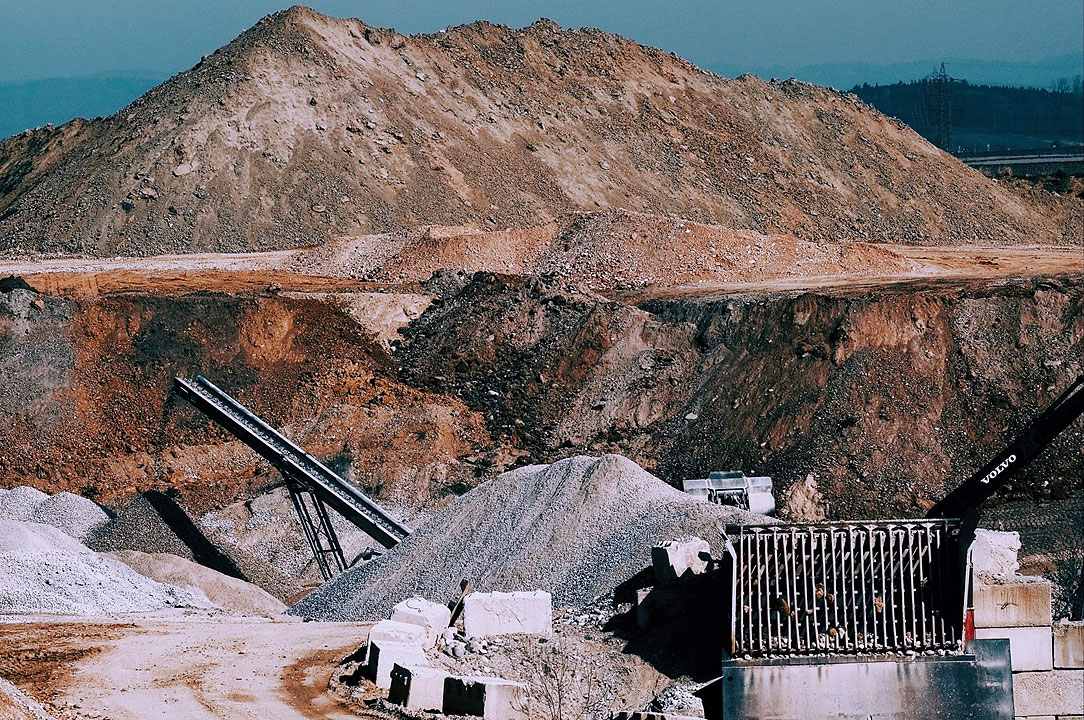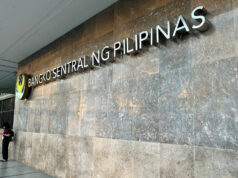
THE House of Representatives is considering a variable royalty based on the margins earned by large-scale miners operating outside declared mineral reservations, as well as a scheme to tax windfall profits at a rate of up to 15%.
The chamber’s Ways and Means committee is currently deliberating an unnumbered substitute bill which also sets the royalty at 5% for miners operating within reservations.
The substitute bill intends to streamline royalty rules in compliance with the Implementing Rules and Regulations (IRR) of Republic Act 7942, or the Philippine Mining Act of 1995.
The IRR was released in the form of Administrative Order No. 2010-21, issued by the Department of Environment and Natural Resources.
The sliding royalty scale for large-scale miners operating outside mineral reservations will be based on miners’ margins, with a 1% royalty to be collected from miners earning margins of up to 10%. The scale escalates to 5% for miners earning margins of over 70%.
Small-scale mines pay a royalty of 1% of the market value of the gross output of their operations, according to the bill.
The bill also proposes a windfall profits tax on a sliding scale based on margins. Those whose net profit is equivalent to 25% of revenue pay no windfall tax. The rate escalates to 15% on net profit margins exceeding 75%.
The committee in August 2022 approved a measure adopting the Finance department’s proposal of a 5% royalty on the market value of gross output of all large-scale mining operations. That bill did not make it to the plenary.
During Monday’s committee meeting, the Finance department proposed a 3% royalty on the market value of gross output of large scale mining operations outside mineral reservations.
Finance Undersecretary Cielo D. Magno said the royalty scheme will “address the constitutional issue of companies operating outside the mineral reservation areas which are not paying royalties,” and “to ensure that we actually get some payment for the minerals that are extracted in (these) areas.”
The proposal would also simplify the tax regime for miners, she said.
“Only 30% (of operating mines) are inside mineral reservations and therefore only this 30% is paying the 5% royalty,” Ms. Magno noted.
Chamber of Mines of the Philippines Vice-Chairman Gerard H. Brimo said that a competitive tax structure coupled with strong policies will help attract foreign investment.
“Our tax structure is already expensive but as we’ve said in the past, if increasing taxes for the industry is unavoidable, particularly the imposition of royalties on those operating outside mineral reservations, which are copper and gold mines, we would prefer a royalty… imposed on income and rates based on operating margins,” he said.
Finance Secretary Benjamin E. Diokno said last month that a proposed fiscal regime for the mining sector is expected to generate P12.4 billion in 2025, P12.9 billion in 2026, P13.4 billion in 2027, and P13.9 billion in 2028. — Beatriz Marie D. Cruz



